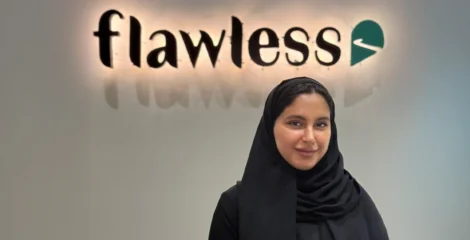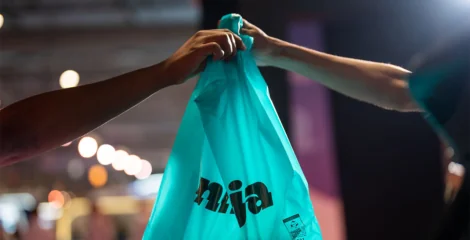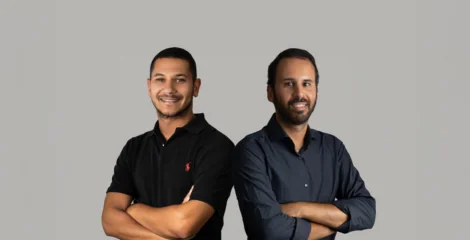OpenAI has solidified a key partnership with Hearst Communications, marking a strategic step toward enhancing the quality of content in its AI platforms. This new deal allows OpenAI to license content from Hearst’s diverse range of publications, which include Cosmopolitan, Elle, Esquire, and more than 40 major newspapers like the San Francisco Chronicle and the Houston Chronicle. This collaboration will see these materials integrated across OpenAI’s products such as ChatGPT and SearchGPT, with appropriate attribution, ensuring transparency and enabling users to access original sources easily.
The partnership is designed to enrich the experience for OpenAI’s growing user base, currently reported to exceed 200 million weekly users. With a commitment to displaying high-quality, reliable information, OpenAI aims to provide more engaging and accurate outputs from its AI systems. For Hearst, this deal offers an opportunity to extend its content’s reach to a broader, tech-savvy audience, while safeguarding its journalism’s integrity by maintaining proper attributions.
Ensuring Journalism’s Role in AI Evolution
At the core of this collaboration is a mutual recognition of the importance of professional journalism in the age of AI. As generative AI models like ChatGPT continue to mature, Hearst executives have highlighted the need for trusted, high-quality content to remain central to AI’s evolution. Jeff Johnson, President of Hearst Newspapers, expressed this sentiment clearly: “This agreement allows trustworthy and curated content created by Hearst Newspapers’ award-winning journalists to be part of OpenAI’s products, creating more timely and relevant results”.
In addition, Debi Chirichella, President of Hearst Magazines, emphasized the role of the partnership in shaping the future of media content distribution. She noted that this collaboration will help evolve Hearst’s magazine offerings, ensuring that their “high-quality writing, expertise, and cultural context” are incorporated into the next generation of AI-driven media platforms.
Leveraging OpenAI for Content Distribution
OpenAI’s collaboration with Hearst is part of a broader trend of integrating journalism into AI. In recent years, OpenAI has secured similar deals with other notable media companies, including Condé Nast, News Corp, and Time. These partnerships are aimed at enhancing OpenAI’s AI models by providing authoritative, up-to-date information, especially in areas where factual accuracy and timeliness are crucial.
By securing this deal with Hearst, OpenAI is positioning itself as a leader in providing AI users with access to reliable, curated news and magazine content. Moreover, this deal gives Hearst’s brands access to millions of additional readers through platforms like ChatGPT. This could significantly impact how media is consumed and distributed, especially as AI becomes more integrated into everyday life.
Competitive Landscape and Market Implications
This agreement underscores how critical AI has become in the media and publishing industries. OpenAI’s proactive approach to building content partnerships sets it apart from competitors, especially in light of some unresolved disputes. Notably, the New York Times has taken legal action against OpenAI, alleging that the startup has used its articles without permission to train its AI models.
While some media outlets are more hesitant to engage with AI companies, Hearst’s move suggests confidence in the potential of AI to expand its reach while maintaining journalistic integrity.
The implications of this partnership extend beyond immediate content sharing. It signals a broader shift in how media companies may collaborate with AI providers to preserve both the quality of content and the integrity of distribution. As the relationship between AI and media companies continues to evolve, these collaborations may become essential in redefining the future of digital journalism.
Shaping the Future of AI and Media
The partnership between OpenAI and Hearst marks a significant moment in the convergence of artificial intelligence and journalism. As AI continues to develop, the need for credible, curated content will grow. By integrating Hearst’s reputable brands, OpenAI is ensuring that users receive accurate, high-quality information, setting a new standard for AI content delivery.
This collaboration not only elevates the role of AI in content distribution but also exemplifies how media companies can harness AI to maintain relevance in an increasingly digital landscape. As generative AI continues to disrupt traditional media models, the OpenAI-Hearst partnership may serve as a blueprint for how AI and journalism can coexist productively, offering value to both creators and consumers
Product Integration and Audience Growth Potential
The partnership between OpenAI and Hearst will enhance several OpenAI products, primarily ChatGPT and SearchGPT, by integrating Hearst’s diverse media content. With the addition of more than 20 magazines and 40 newspapers from Hearst’s portfolio, these products will offer users a broader range of high-quality content, including news, lifestyle, and entertainment articles. This integration is expected to increase audience engagement, as users will have access to timely, trustworthy information with attribution to the original sources.
As OpenAI expands its reach to over 200 million weekly users, this deal opens up new growth opportunities for both companies, enabling Hearst to tap into a rapidly growing, tech-savvy audience interested in AI-driven content consumption.The potential for audience growth is immense, particularly for publications like Cosmopolitan, Elle, and Esquire, which appeal to a global readership interested in fashion, culture, and lifestyle trends. Meanwhile, newspapers like the San Francisco Chronicle and Houston Chronicle stand to gain more visibility among users seeking authoritative and localized news content. This integration, therefore, positions both OpenAI and Hearst to capture a wider, more diverse audience across different demographic groups, regions, and content preferences.
If you see something out of place or would like to contribute to this story, check out our Ethics and Policy section.














